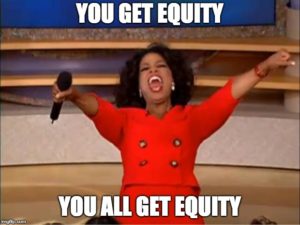Raise your hand if you’ve heard that one before (or have been the one to say it).
I hear some spin on that one multiple times per week.
Usually from a jaded SaaS founder who went “all in” with Facebook only to burn through their Amex card with nothing but a stack of air miles to show for it.
There’s a reason that Facebook is such a polarizing channel in the SaaS world.
Do it right, and Zuck & co will help you scale with a steady flow of well-targeted leads.
Do it wrong, and you’ll do nothing but stuff bills into Zuckerberg’s back pocket.
The good news is, it doesn’t come down to blind luck.
And if you execute the 5 strategies in this week’s video, you’ll be well to slashing your marketing costs and winning the facebook game.
At a high level, here’s how we’re going to make Facebook ads work for you:
- Define Target
- Brand Awareness Campaign
- Retarget Specific Pages
- Emails
- Best Customers
Those last four strategies are all designed to dial in your targeting, reduce ad cost, and serve the right type of ad to the right audience at the right time (aka the holy grail of advertising)…
… but it all starts with defining your target.
If you’re not being specific enough with who you want to reach, you won’t find traction on anychannel (Facebook is no exception).
But as long as you’re clear in WHO you serve, Facebook (and its 70,000+ data points) are just begging to introduce you to those you’re the most ready to help.
Give it a watch here, and if you have any facebook advertising tips that have worked for you, I’d love it if you can share it in the comments.
